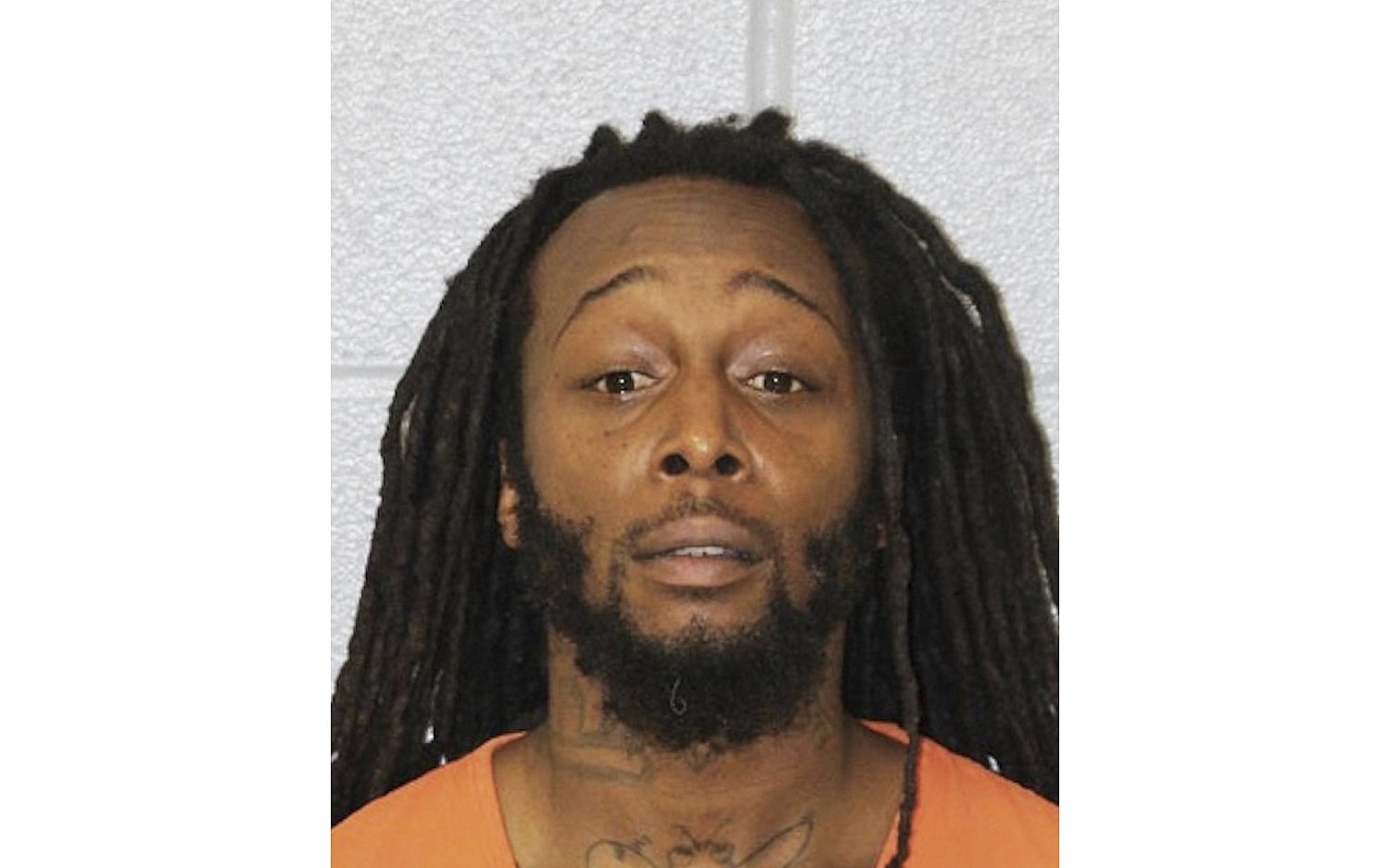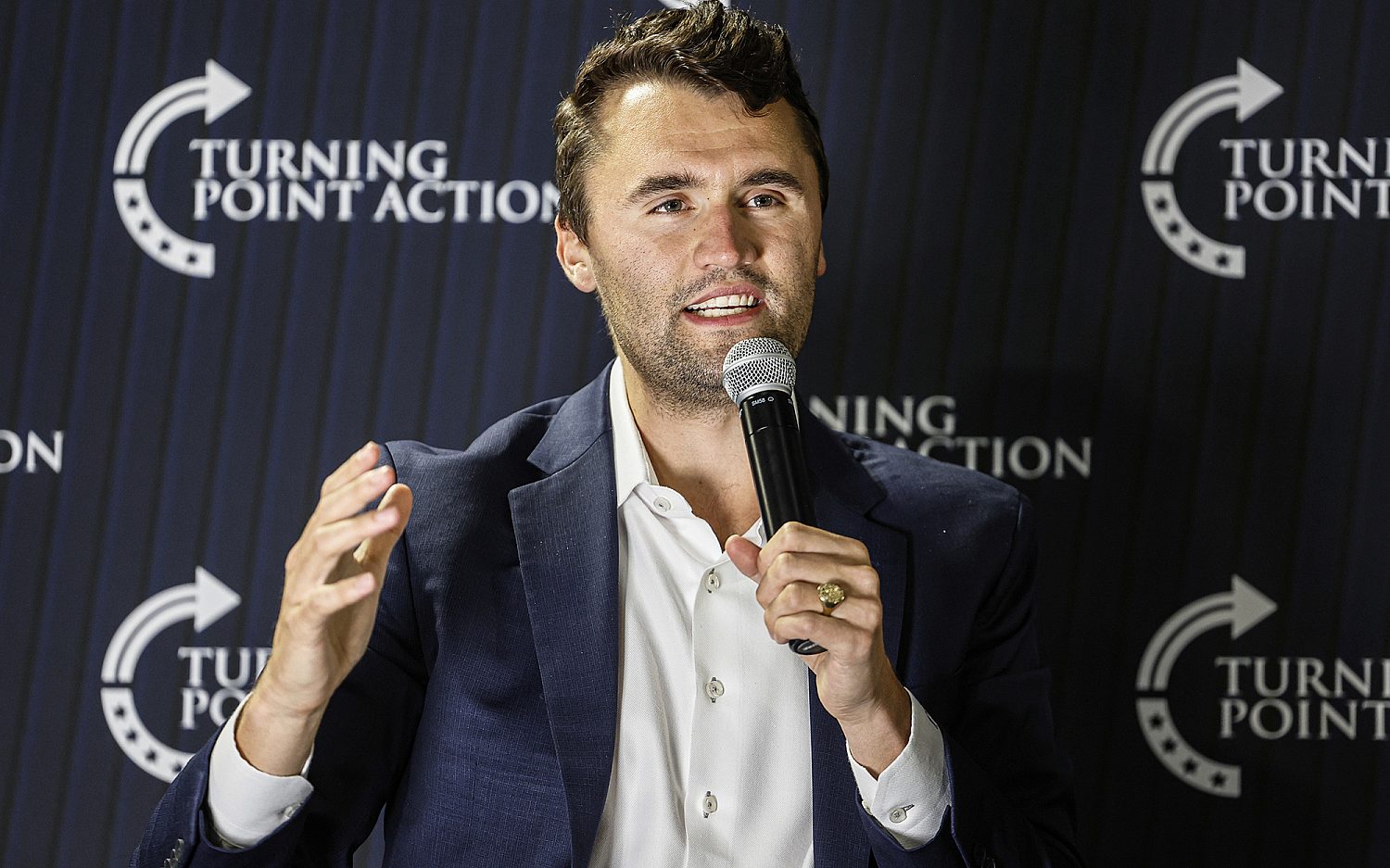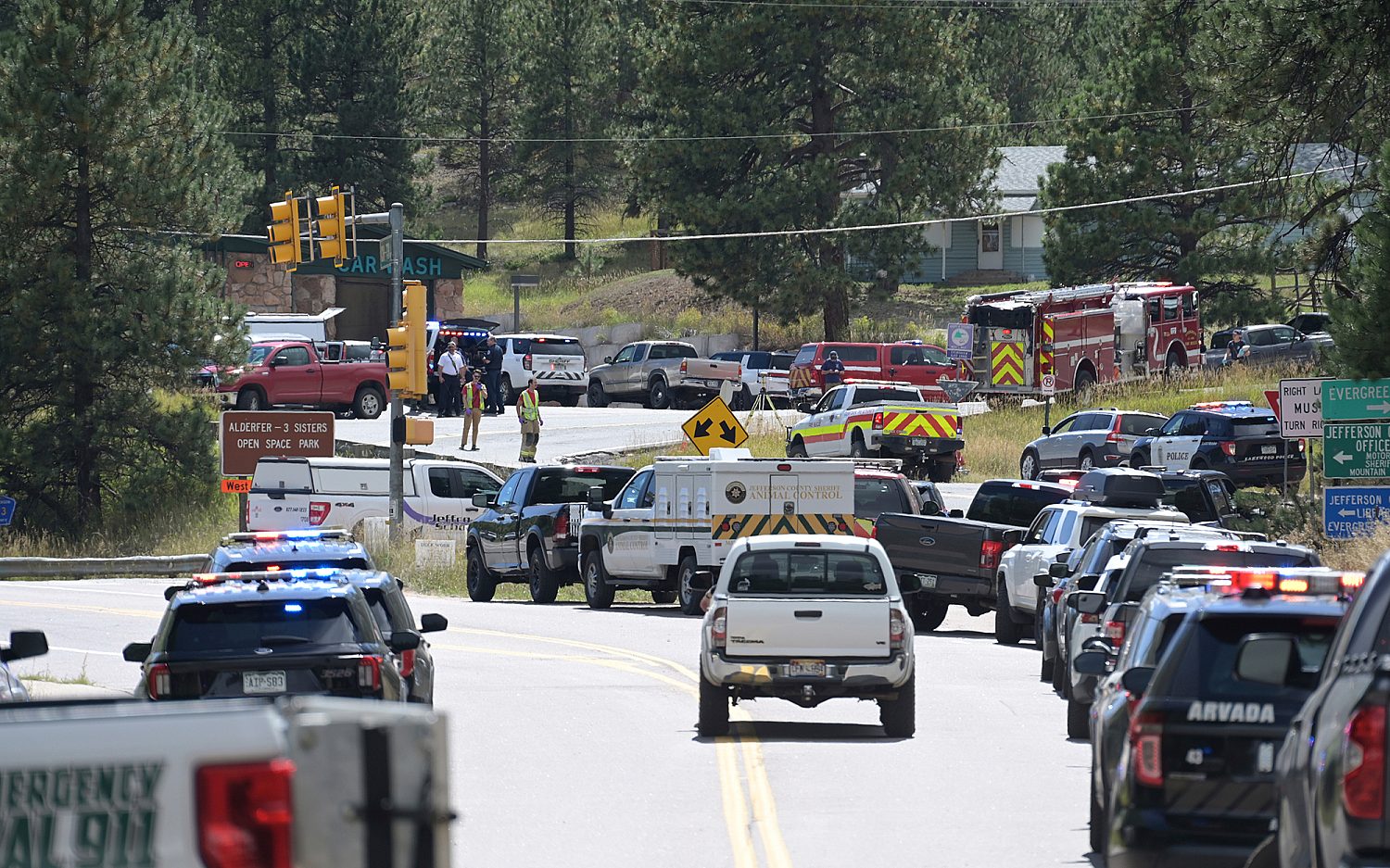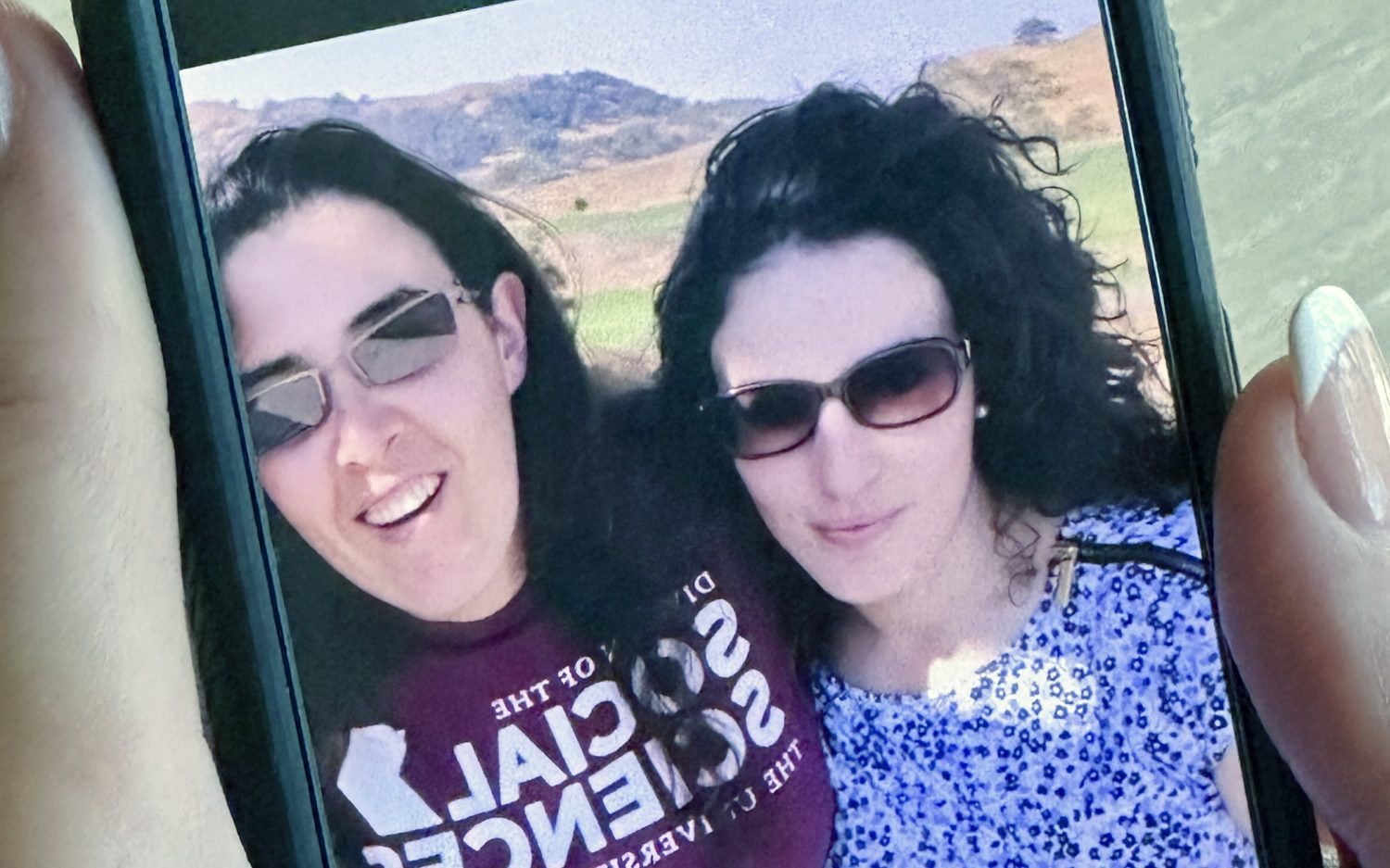Honoring their sacrifice on D-Day
On the 70th anniversary of the battle that helped turn the tide of WWII, veterans remember the friends they lost
BEDFORD, Va.—Fred Hepner stormed Omaha Beach seven times on D-Day. As coxswain of one of the landing boats, he dropped nearly 200 soldiers onto the beach over the course of the morning. Several ships around him burst into flames after being hit by bombs. During his last trip, Hepner noticed a .50-caliber machine gun pointed directly at his boat, but it never went off. The German gunner left his position without firing a shot.
Hepner, now 88, believes that if the German had remained at his post, he and his crew would have been blown to pieces.
“The French coast was just completely torn up,” Hepner said. “I survived somehow.”
Today marks the 70th anniversary of D-Day, the Allied invasion of Normandy considered one of World War II’s turning points. More than 170,000 American, British, French, and Canadian soldiers pushed onto the coast of German-occupied France after months of secret planning.
In Bedford, Va., about 7,000 veterans and residents, including Hepner, remembered the battle at the National D-Day Memorial. The memorial opened in 2001 to commemorate the “Bedford Boys”—19 out of 34 soldiers from the town died within the first few minutes of the invasion, the highest per capita death rate of any American town.
During today’s ceremony, speakers and veterans from around the world read passages from soldiers’ memoirs and spoke about their sacrifice. Sen. Tim Kaine, D-Va., thanked the veterans: “Our history is deeply tied to the gift of freedom.”
Tents popped up all around the memorial grounds, the largest reserved for reuniting veterans. Attendants at tables representing each wing of the military helped soldiers who lived through D-Day sign in and find war friends. Many younger adults visited the tent as well to shake veterans’ hands and thank them for their service.
The multi-leveled memorial that recreates the landing served as the centerpiece for Friday’s ceremony. Surrounded by gardens, the memorial’s lower plaza features a granite model of a landing craft opening into a pool of water. Larger-than-life bronze soldiers clamber toward a vaulted arch on the memorial’s second level. At the foot of that arch sits a statue of a helmet resting on a rifle that memorializes the soldiers buried at Normandy.
Katie Gardner, a reenactor who attended the event, grew up in Bedford and has visited the D-Day memorial for several years. She said downtown Bedford, with its rusted roofs and faded signs, has hardly changed since its soldiers marched out more than 70 years ago. Gardner’s grandmother knew several of the men who died.
When people in Gardner’s community forget or don’t care about D-Day veterans, she becomes frustrated. “Honor these people while they’re here,” Gardner said. “They’re leaving us quickly.”
The day after the invasion, Hepner walked onto Omaha beach to land supplies and pick up wounded soldiers. The dead and dying men scattered on the sand seared Hepner’s memory—it took him many years to quit having gruesome flashbacks. Seeing the sacrifices of his friends makes him all the more grateful for his own life. He has been married to his wife, Constance, for 67 years, and they had four children—one of them adopted.
“I must have survived for a purpose, but I don’t know what it is,” Hepner said. “I was so blessed by God.”
An actual newsletter worth subscribing to instead of just a collection of links. —Adam
Sign up to receive The Sift email newsletter each weekday morning for the latest headlines from WORLD’s breaking news team.




Please wait while we load the latest comments...
Comments
Please register, subscribe, or log in to comment on this article.